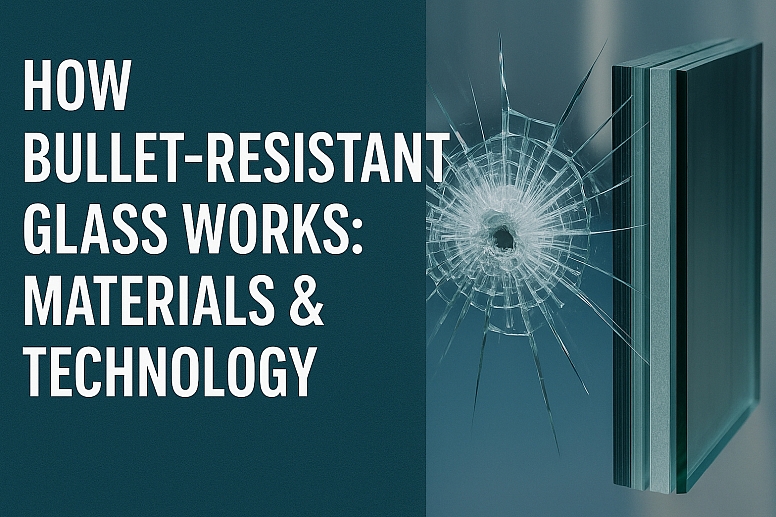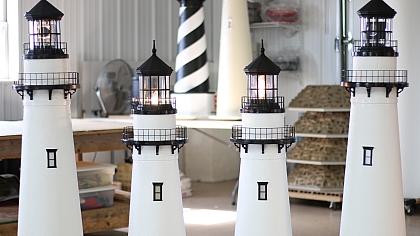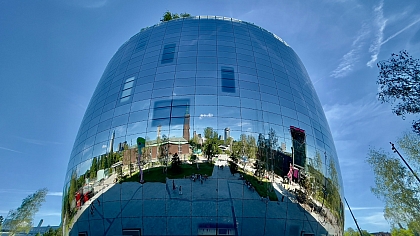
How Does Bulletproof Glass Work? Materials & Tech Explained
Bullet-resistant glass doesn't rely on thickness alone to stop bullets—it uses intelligent material engineering to absorb and disperse ballistic impact. Join us as we break down the science behind its protective capabilities.
The Layered Defence System
True bullet-resistant glass combines multiple materials:
- Outer Glass Layer: Hardened glass shatters to absorb the initial impact
- Laminated Interlayers: PVB (polyvinyl butyral) binds materials while preventing spalling
This combination creates a "catch-and-hold" system where each layer:
- Slows the projectile
- Spreads impact energy sideways
- Contains dangerous fragments
Key Materials Explained
|
Material |
Role |
Properties |
|
Tempered Glass |
Outer shield |
A hard surface disrupts the bullet trajectory |
|
PVB Interlayer |
Bonding agent |
Prevents glass shards from flying |
Bullet Resistant Glass - Protection Level
- Bullet-resistant glass is classified under European standard EN 1063 with protection levels BR1 to BR7 and SG1 to SG2, tested with three shots in a 120mm triangular pattern (single shot for SG1) to resist firearms like handguns and rifles.
- In the U.S., UL 752 categorises glass from Level 1 to Level 10 based on projectile type and velocity.
- In India, IS 15815 requires testing against five shots for threat levels 1-5, with additional BCAS norms ensuring top safety for glass installations in hotels near airports.
Technological Innovations
- Transparent Aluminium (AlON): Military-grade ceramic with glass-like clarity
- Electrochromic Bulletproof Glass: Switchable opacity + protection
- Self-Healing Coatings: Nano-materials that repair minor cracks
Limitations to Know
- No glass is truly "bulletproof"—all have calibre limits
- Repeated hits degrade effectiveness
- Edge sealing is critical—poor installation creates weak points
Modern bullet-resistant glass uses physics and material science to transform violent impacts into manageable energy dispersion. As threats evolve, so does the technology, with new composites pushing the boundaries of safety and transparency.
Categories
Recent Posts
0.0838










